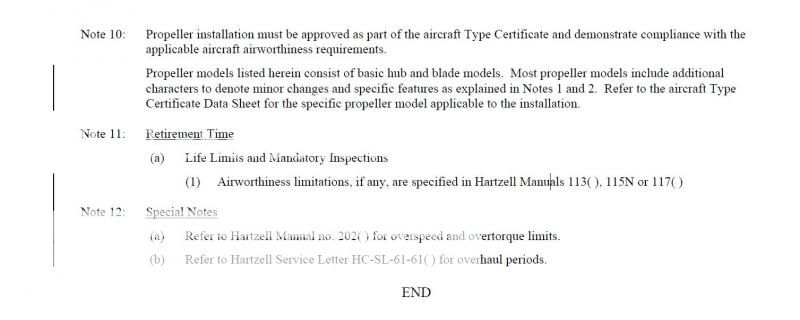Tom-D
Taxi to Parking
- Joined
- Feb 23, 2005
- Messages
- 34,740
- Display Name
Display name:
Tom-D
Almost all the old SBs are now in the overhaul manual.
click the bottom link.
http://www.mccauley.textron.com/service_bulletins.html
All the maintenance we could, do is now limited to a CRS.
click the bottom link.
http://www.mccauley.textron.com/service_bulletins.html
All the maintenance we could, do is now limited to a CRS.



